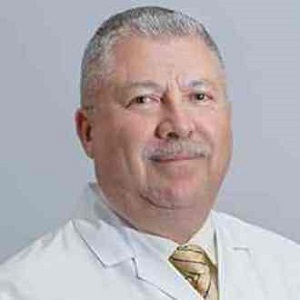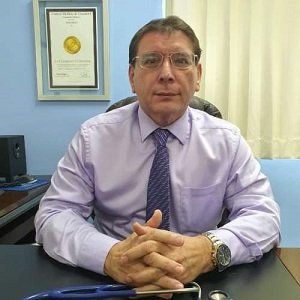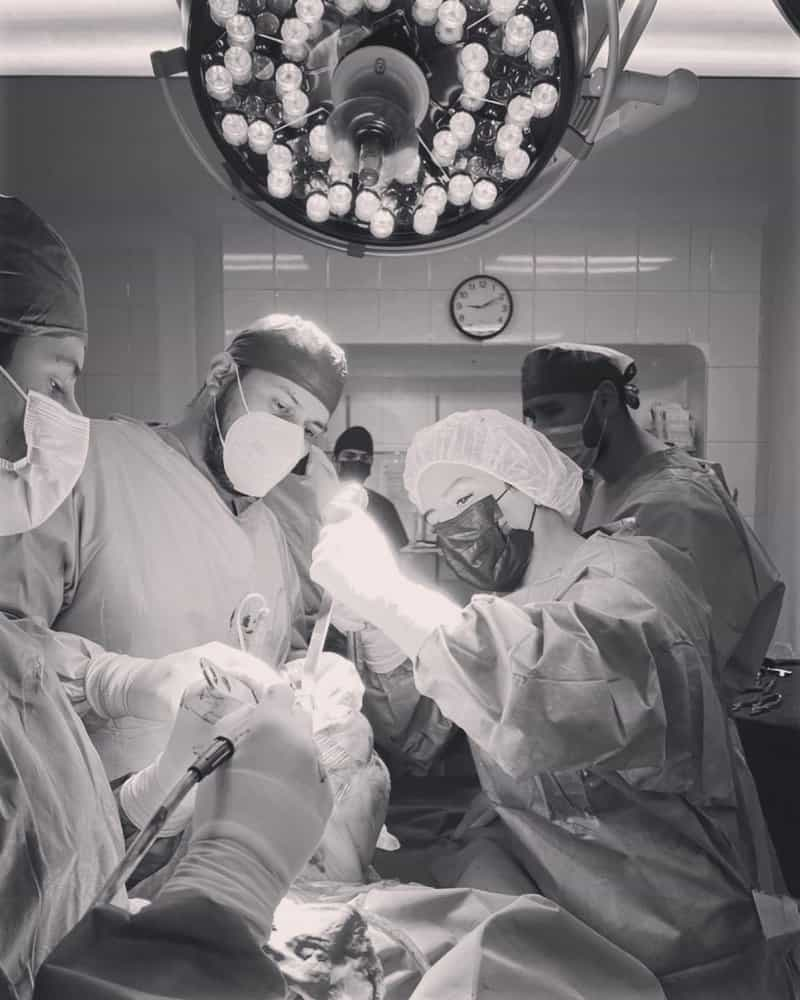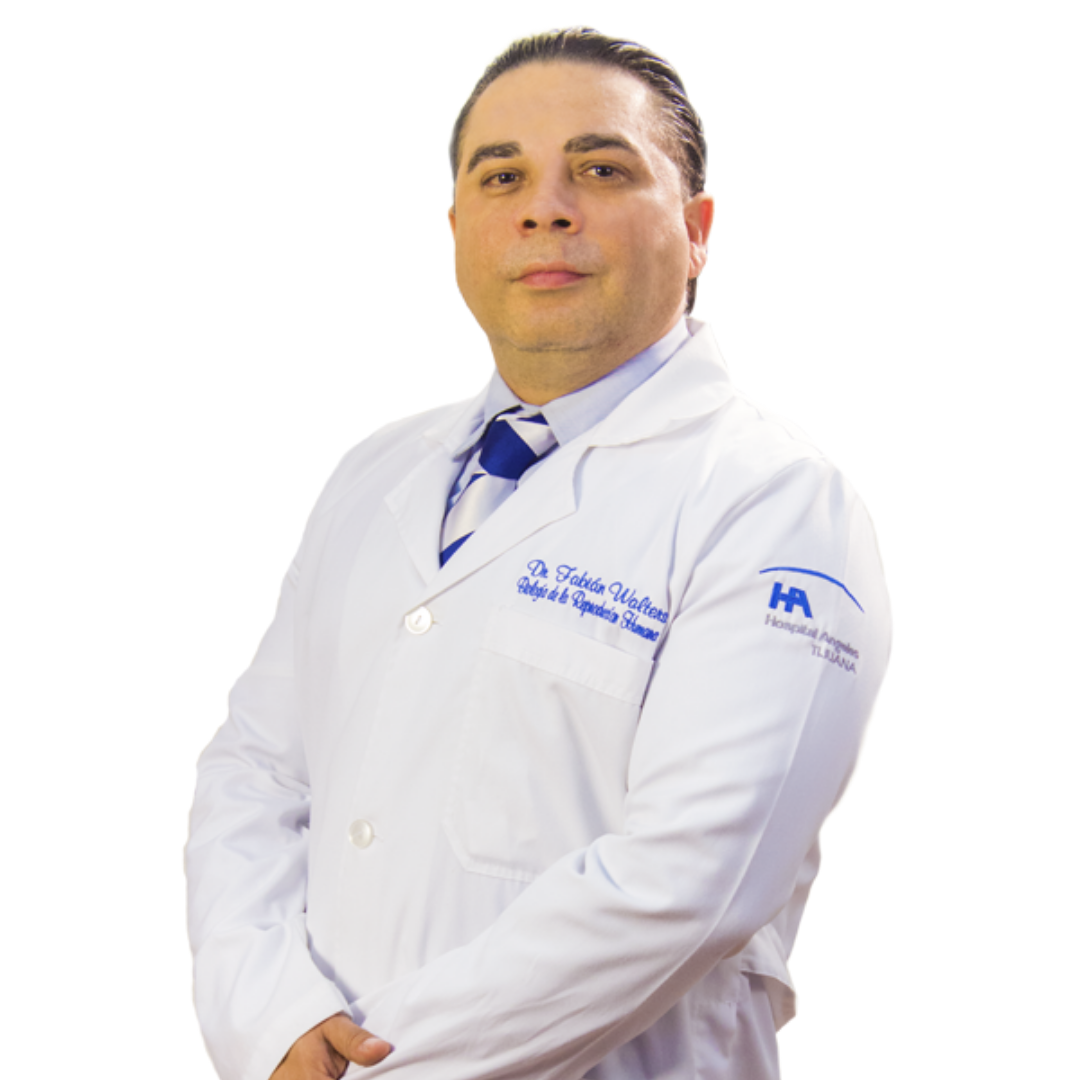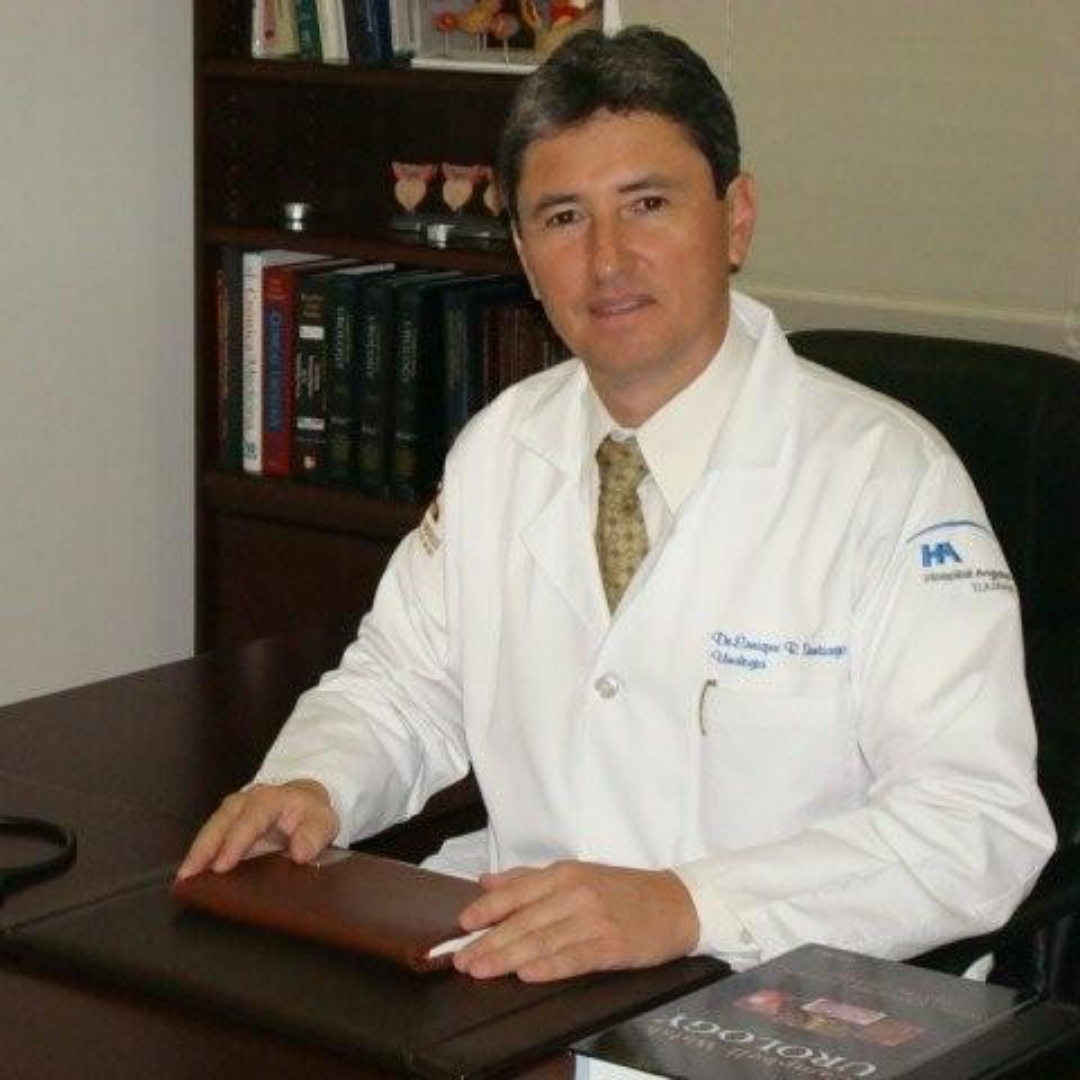What Ails You?
Back pain is considered one of the most common ailments or complaints by patients in the U.S., according to the Mayo Clinic, the most common excuse for absenteeism at work and for making a visit to the doctor's office.
Your chances of experiencing some form of back pain increase if you smoke, are overweight or obese, or perform physically demanding jobs. Even people who sit at a desk all day may experience back pain however, caused by poor posture, stress and anxiety.
Back pain may be caused by a number of factors, including:
- Poor spinal structure or alignment - such as ruptured or herniated disc
- Sprains or strain or ligament tears caused by lifting heavy objects and using poor lifting ergonomic positioning
- Arthritis
- Sciatica
- Curvatures of the spine
- Osteoporosis
Minimally Invasive Spinal Surgery
Minimally invasive surgery is the name given to surgical procedures that cause less tissue damage, bleeding, and complications than traditional incision on surgical procedures. Minimally invasive surgery is also often called endoscopic surgery or "keyhole" surgery, which utilizes special instruments that create smaller incisions than traditional surgeries.
Minimally invasive surgery has been used in surgical rooms throughout the world since the late 1980s. Today, cutting edge technologies are offering what are now called "pinhole" spine surgery procedures. A perfect example of such a procedure is kyphoplasty. This approach is often utilized for treatment and repair of compressed or collapsed vertebrae in the spine caused by conditions like osteoporosis.
Kyphoplasty is done under general anesthesia and utilizes image guidance x-ray technology and two very small incisions, through which probes are inserted. The probes, focused on the fracture or compression site, enable surgeons to drill small holes in the damaged bone. A type of balloon called a bone tamp is inserted into the space and inflated, creating space around the fracture site. The doctor then injects an orthopedic cement called PMMA into the compressed bone spaces for support and strength. The balloons are then deflated and removed. The cement hardens, offering additional stability and support and strength to the damaged vertebra, relieving pain and improving their ability to function.
Spine care specialists and surgeons can perform a variety of minimally invasive spine surgery procedures on all areas of the spine, including the cervical, thoracic, lumber, and sacral areas. Some of the most common procedures include but are not limited to:
- Laparoscopic spinal fusion
- Cervical Radiculopathy
- Thoracoscopy
- Transforaminal lumbar interbody fusion
- Percutaneous discectomy
Minimally invasive spine surgical procedures also offer treatments for microsurgical treatment of herniated discs, lumber spinal stenosis, spinal fusion, scoliosis, compression fractures, osteoporosis, and in the treatment of spinal tumors and vertebral fractures.
Computer assisted image guidance technology and special x-ray machines called a fluoroscope enables surgeons to locate as well as navigate various areas of the spine through the use of images that enables greater accuracy and the use of instruments designed to be used through small incisions.
These type of surgical procedures combine traditional surgical skills, expertise and experience with computer assisted image guided surgery that enables surgeons to perform more precise movements within the surgical area, reduce the risk of nerve damage and results in less destruction of muscle, bone and tissue than traditional surgical procedures.
What's Out There?
Spine care technology continues to advance. Today, surgical technology offers:
- Artificial discs
- Image guided surgery in 3D real time
- Biologics such as genetically engineered proteins for bone forming cell production and gene therapy
- Stereotaxy - a type of GPS utilizing a framed guidance imaging system
- StealthStation™ - frameless image-guidance system combining imaging and computer assisted software
Where Do you Find Treatment?
State of the art facilities in the U.S., Britain, Germany and a number of locations throughout Europe as well as countries like India, Mexico and South Korea are leaders in the field of minimally invasive spinal surgical procedures and technologies. Such technology offers global patients choices when it comes to spine care, and continually serves to improve services, quality and pricing through competitive medical practices. The technology is out there. Consumers looking for the best in quality and effective care are given hope every day through minimally invasive spinal surgical techniques and procedures. You just have to know where to look.
Check out medical providers like PlacidWay.com for reliable, up-to-date information on minimally invasive procedures, techniques and facilities that offer the best spine care treatments around the world.
Please click here to request more information and know more about medical centers .



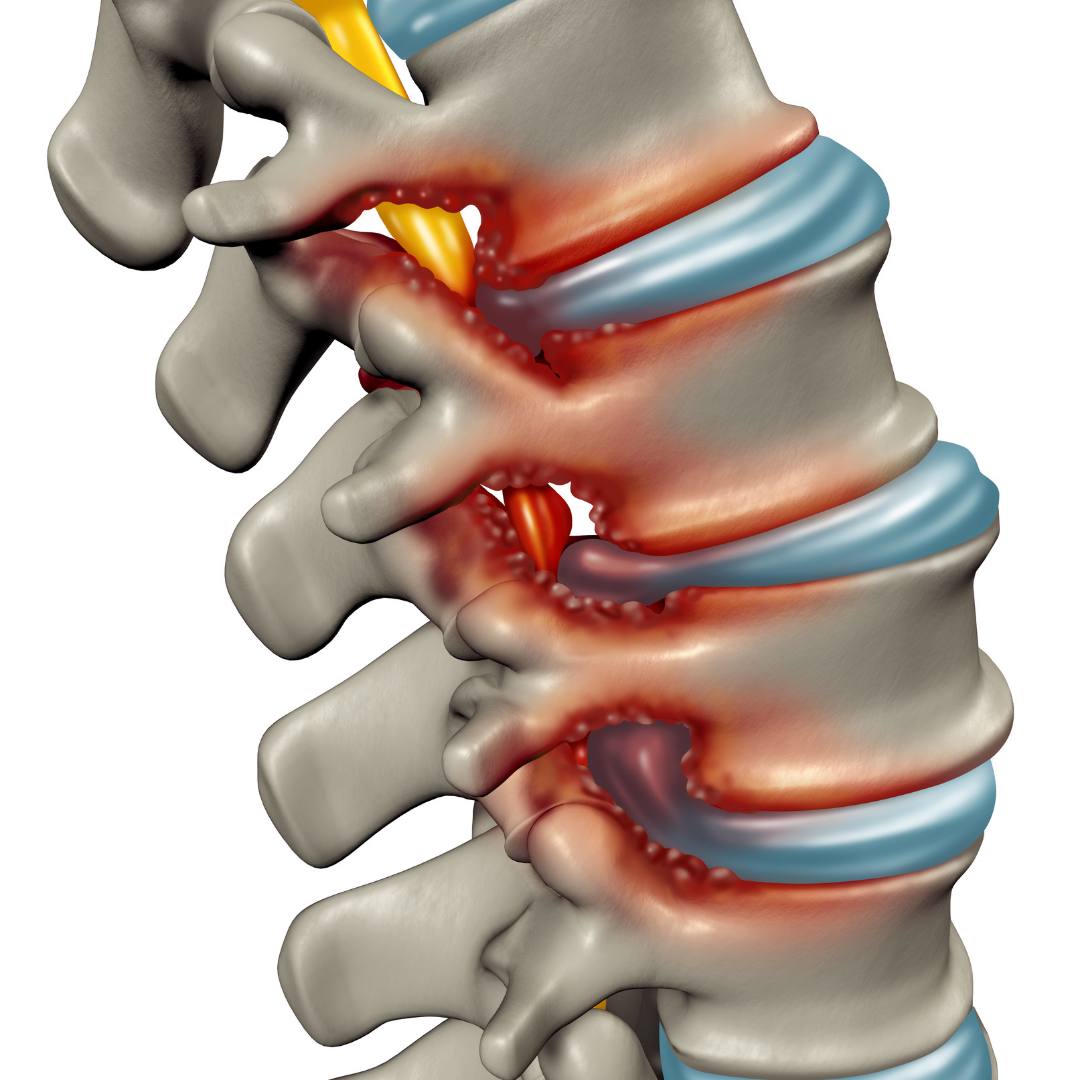
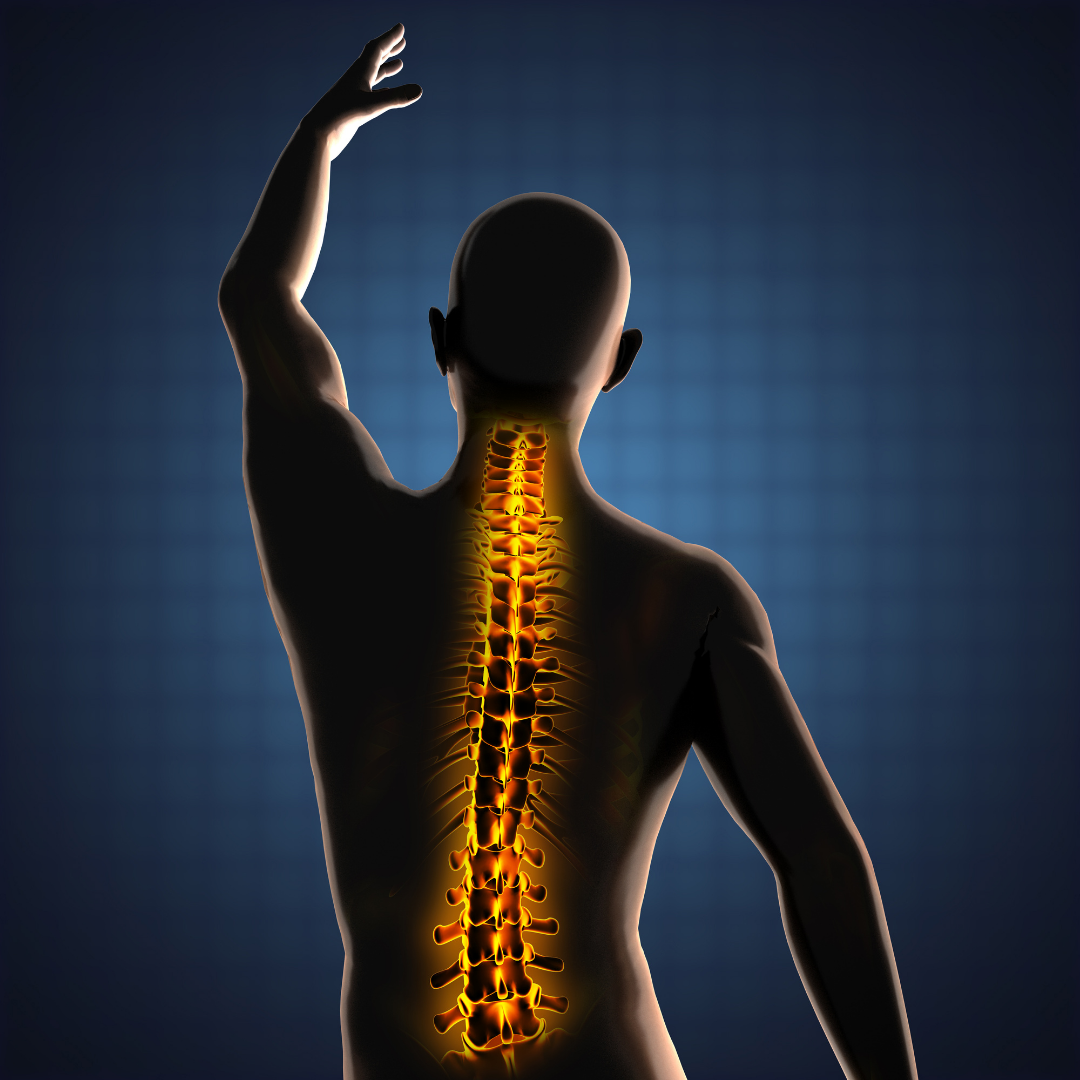

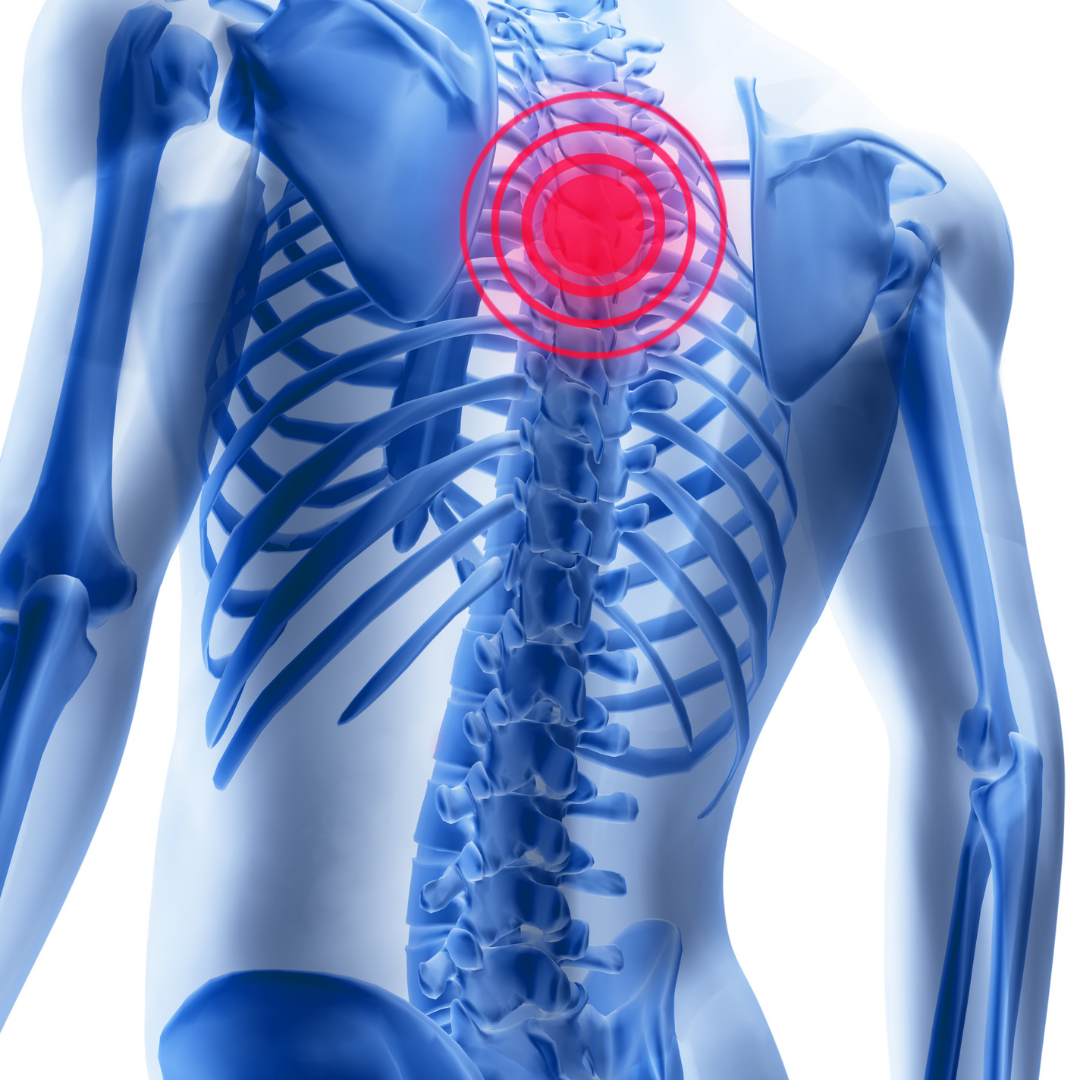
.png)
-(1).png)
-(1).png)


